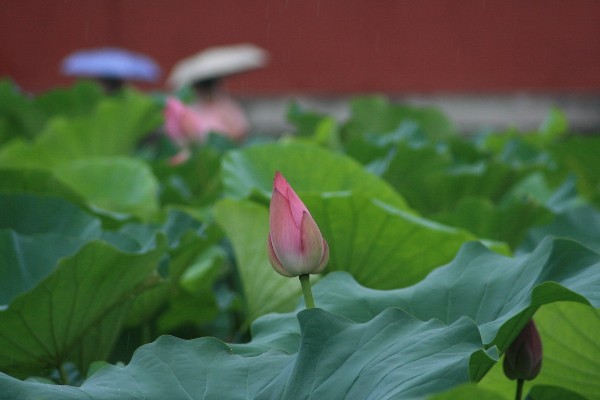
jewish cemetery freudenburg
景点印象
folieske4
Situated on the slope of a promontory of the Eiderberg (Eider mountain) on the northern edge of the old village, the relatively oblong and densely occupied cemetery suggests the former scale and importance of this Jewish community. Mentioned in 1684, most likely already establihed during the thirty years war, 1711 became a part thereof in the possession of the Jewish community. Also the ones residing in surrounding villages were burried at this plot, until their own cemetery was established (for example: until 1748 from Merzig, Hilbringen and Brotdorf, even longer, from Könen, Kirf, Meurich and other villages, in 1856 maintenance costs were divided between Jewish breadwinners from Freudenburg, Kirf and Meurich). After two expansions (one in 1860 and the second in 1900) the cemetery nowadays has a surface of 35,44 are. The first desecration of the cemetery took place in 1917 and 1919: 14 gravestones were overthrown and partly destroyed. During the nazi era again the cemetery was profaned and partially destroyed, grenade explosions lead to its further destruction, past 1945 restored: befor the repair only 6 gravestones remained undamaged, in total 90 headstones were restored, 12 tombstones were newly placed, of the beyond repair old gravestones 2.5 m3 cemetery wall had been repaired, the overall repair was completed in 1956.The large numbers and several types of gravestones present the Jewish funeral culture, in particularly the modesty of some tombs from local red sandstone. The plot allowed a multiple, directed to the East, oblong rows of graves.Most of the types are columns, pillar-pedestal and Cippus (stone tablet), the frustum is found less frequently. Repeatedly recurring is the old tradition of roundly closed columns, as well as such with antique outlook palmette (motif in decorative art which, in its most characteristic expression, resembles the fan-shaped leaves of a palm tree). Open to public, no key needs to be obtained.


